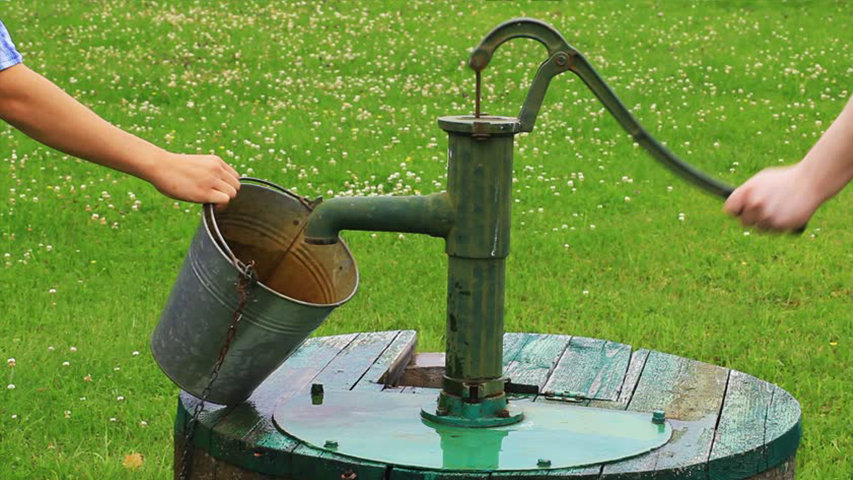
Can India's Groundwater crisis be cured with the help of Technology?
by Yash Saboo August 13 2018, 7:28 pm Estimated Reading Time: 2 mins, 56 secsGroundwater in India is a critical resource. However, an increasing number of aquifers are reaching unsustainable levels of exploitation. If current trends continue, in 20 years, about 60% of all India’s aquifers will be in a critical condition says a World Bank report. This will have serious implications for the sustainability of agriculture, long-term food security, livelihoods, and economic growth. It is estimated that over a quarter of the country’s harvest will be at risk. There is an urgent need to change the status quo.
India is the largest user of groundwater in the world. It uses an estimated 230 cubic kilometres of groundwater per year - over a quarter of the global total. More than 60% of irrigated agriculture and 85% of drinking water supplies are dependent on groundwater. Urban residents increasingly rely on groundwater due to unreliable and inadequate municipal water supplies.

Photo - The Fourth Corner
Groundwater acts a critical buffer against the variability of monsoon rains. For example, a rainfall deficit in 1963-66 decreased India’s food production by 20% but a similar drought in 1987-88 had a very small impact on food production largely due to the widespread use of groundwater by that time.
Farms irrigated with groundwater have twice the crop water productivity of those that rely on surface-water alone. This is mainly because the resource allows farmers greater control over when to irrigate their fields and how much water to use each time.
Despite the valuable nature of the resource, 29% of groundwater blocks are semi-critical, critical, or overexploited, and the situation is deteriorating rapidly. Moreover, aquifers are depleting in the most populated and economically productive areas. Climate change will further strain groundwater resources.
Philantrophist Rohini Nilekani believes there's hope for change. We live in a time when technology is at its boom. So it's not so difficult for today’s technologies to make invisible water more visible than ever before.
_thedailyeye1.jpg)
Rohini Nilekani (India Water Portals)
So how can this be done? According to Ms. Nilekani, aquifers can be mapped through satellite imagery, combined with algorithm-based software. This will also help in detecting water abstraction just from the alteration of gravitational pull. The rainfall pattern modelling creates more predictability about the resource. Furthermore, local sensors and meters placed at borewells can yield information on the depth at which water is available, its quality parameters, and more. For simplicity, all this mapping data can now be visualized by the help of graphs and images which will help people identify their aquifers. People can also keep a track of the water available through an app, designed specifically to monitor water trends.
It’s understood that this technology is untapped. But the power of satellites is unimaginable. Satellites already roaming around Earth are yielding astonishingly granular details of water resources, extraction and flows. So the future is bright with this one!
Although, there is a catch. Unfortunately, much of the information is either in private hands behind paywalls or in state hands behind secrecy walls erected for various reasons.
But what if the data is made accessible by the public? The technicalities will be a lot to take in for everyone but once it's simplified, the data can be put into user-friendly applications and help them rationalize and optimize their water use.
The journey will be a long one but where does one start from? Creating open data platforms to make invisible water visible is the first and probably most doable part of the roadmap towards better groundwater management.




-173X130.jpg)
-173X130.jpg)
-173X130.jpg)
-173X130.jpg)
-173X130.jpg)
_(1)-173X130.jpg)

-173X130.jpg)